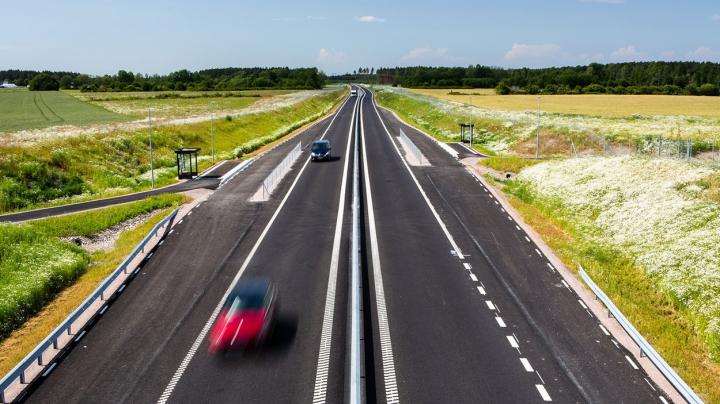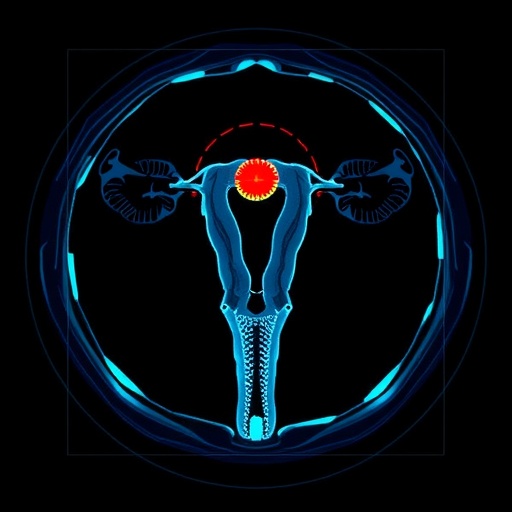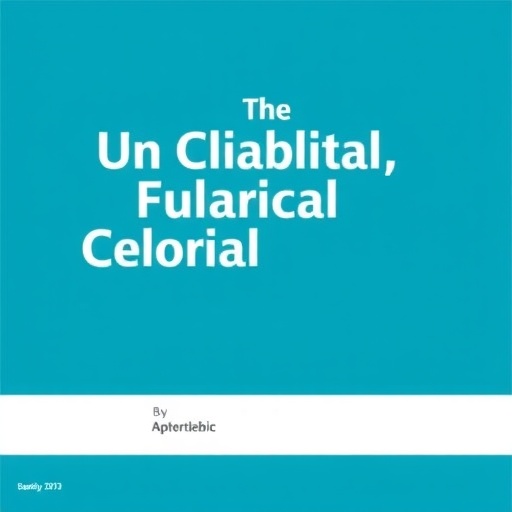
Credit: Skanska
The construction sector accounts for a quarter of carbon dioxide emissions, in Sweden and globally. Researchers from Chalmers University of Technology and the University of Gothenburg studied the construction of an eight km stretch of road in detail and calculated how much emissions can be reduced now and until 2045, looking at everything from materials choice, production technology, supply chains and transport.
“We identified several low hanging fruits, and if we address those first, it will become easier and cheaper to make bigger emission reductions in the future,” says Ida Karlsson, PhD student at Chalmers, and participant in the Mistra Carbon Exit project.
The researchers evaluated opportunities for reducing emissions in an eight kilometre stretch of the Swedish highway 44 between Lidköping and Källby, which was finished in 2019. It was one of the Swedish Transport Agency’s first projects in which a complete climate calculation was made. All the materials and activities involved in its construction were calculated for their total climate impact -energy and materials used in the construction and what emissions these contribute to.
“We used the contractor Skanska’s climate calculation as an input for breaking down emissions by materials and activities and then analysed how much they could be reduced. What materials are used? How are they produced? What alternatives are available, and how might those alternatives develop until 2045?” explains Ida Karlsson.
The climate calculation showed that the contractor was able to reduce emissions by 20 percent compared to the Swedish Transport Agency’s reference values. But the researchers also demonstrated that emissions could be halved with technology already available today – and completely eliminated by the year 2045.
Ida Karlsson’s research is part of the project Mistra Carbon Exit, which focuses on what are termed transformative solutions. These require both time and large investments and include, for example, production of steel, cement, concrete and asphalt without carbon dioxide emissions, as well as fossil-free or electric vehicles. Solutions are being developed and implemented, but climate-saving technologies and choices exist already today. Ida Karlsson wants to highlight four of these:
- – Transport optimisation
– Recycling and reuse of excavation masses, asphalt and steel
– Material efficiency and design optimisation
– Replacement of cement clinker as a binder in concrete
“If you were to optimise the transportation of materials, excavation masses and waste, for example, large gains could be made. We could be better at transport logistics in Sweden. In addition to transporting materials and waste to and from a road construction site, many movements also take place within projects,” she explains.
###
The study ‘Reaching net-zero carbon emissions in construction supply chains – Analysis of a Swedish road construction project’ was published earlier this year in the journal Renewable and Sustainable Energy Reviews.
https:/
It was written by Ida Karlsson together with colleague Filip Johnsson of Chalmers and Johan Rootzén, at the Gothenburg School of Business, Economics and Law.
For more information, contact:
Ida Karlsson
PhD student, Department of Space, Earth and Environment, Chalmers University of Technology
[email protected]
+46317726517
More information:
Biomass an important issue
Biomass plays an important role in both the short and long term. Many industries need biomass to reduce their emissions. It can be used for example as a fuel in the production of asphalt, cement and steel, for electricity production or as a vehicle fuel. Already today Sweden imports 95 per cent of the raw materials needed for transport biofuel because it is cheaper than using domestic material. It is hardly a sustainable solution when more and more countries import biomass. Ida believes that we need a coherent national strategy for biomass production and use.
“Where there are fossil-free alternatives, such as electrification, these should be used. But then the politics must clearly steer towards such a development. Otherwise, the biomass will simply go to the one who pays the most and not to where it would have the best use.”
Further areas for improvement
Another area for improvement could be the recycling of asphalt, explains Ida Karlsson.
“The legislation for this has recently changed but new, more efficient ways of working are not yet fully implemented. There are also different technologies to choose from depending on the quality of the tarmac, how heavy the vehicles which travel the route are and so on. Recycling requires energy but can still reduce emissions considerably, since asphalt is largely made up of bitumen, a variant of crude oil.”
Concrete is another major source of emissions. In Sweden, cement clinker is used as a binder in infrastructural concrete, but in other countries, materials such as slag from steel production or fly ash from coal-fired power plants is used as partial replacement of cement clinker, reducing emissions considerably.
“Here we must dare to recognise the long positive experiences from its use in other countries, like Norway, and adopt these techniques and measures even if they have not been used before in Sweden.”
Time to take a clear path forward
Ida Karlsson calls for clear plans, first until 2030, then onwards to 2045 as well.
“If you already know what you want in 2030, you can make demands today. And then companies can also know that ‘OK, if we have to be able to meet these requirements by 2030, then we have the opportunity to invest in technology to achieve that’. Because large investments will be needed to change production and haulage operations. Then you have to make sure that there are requirements, needs, incentives and not least that there is climate neutral electricity available.”
“The transformative solutions – electrification, carbon capture, carbon-free steel and concrete – require time and significant investment. But if we have already picked the low hanging fruits, the cost increase for the transformative solutions need not be so great. That is why the low-hanging fruits are so important to get started with, because they make it easier to cut emissions further in the future, at a lower cost.”
Media Contact
Joshua Worth
[email protected]
Related Journal Article
http://dx.




